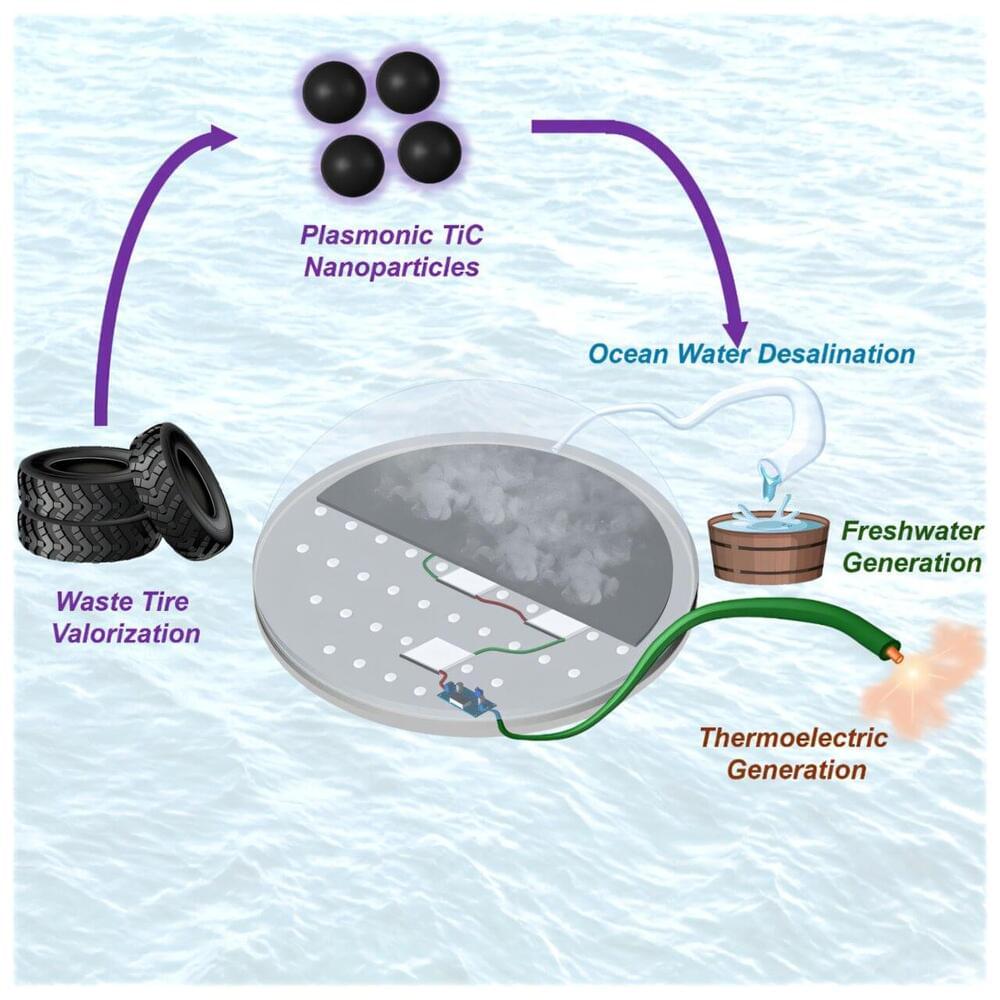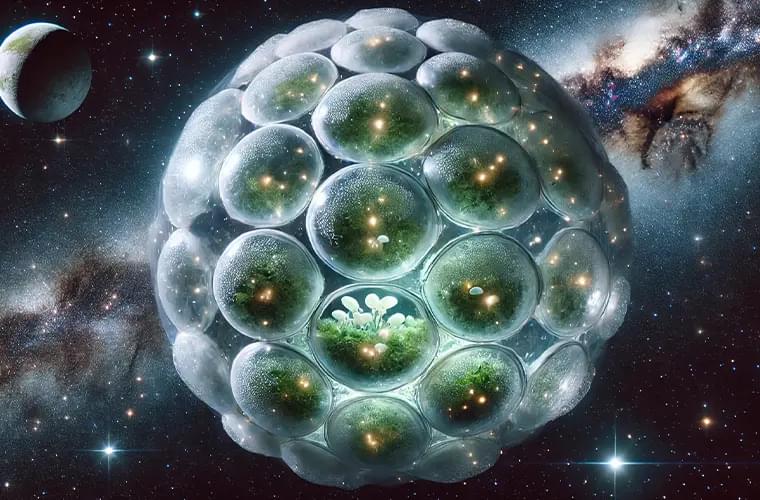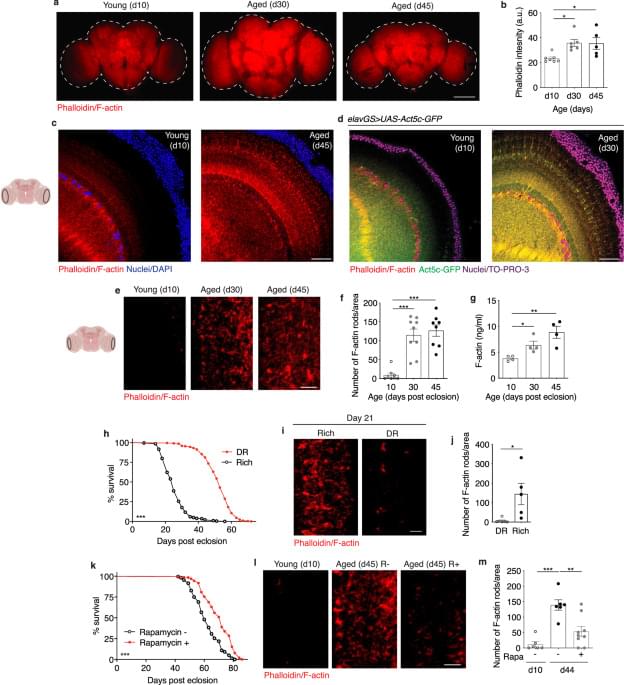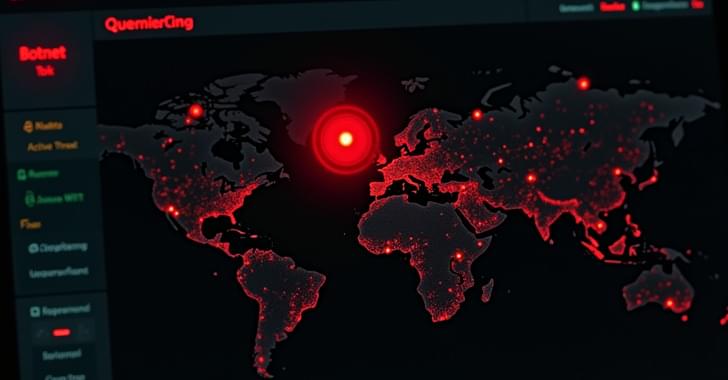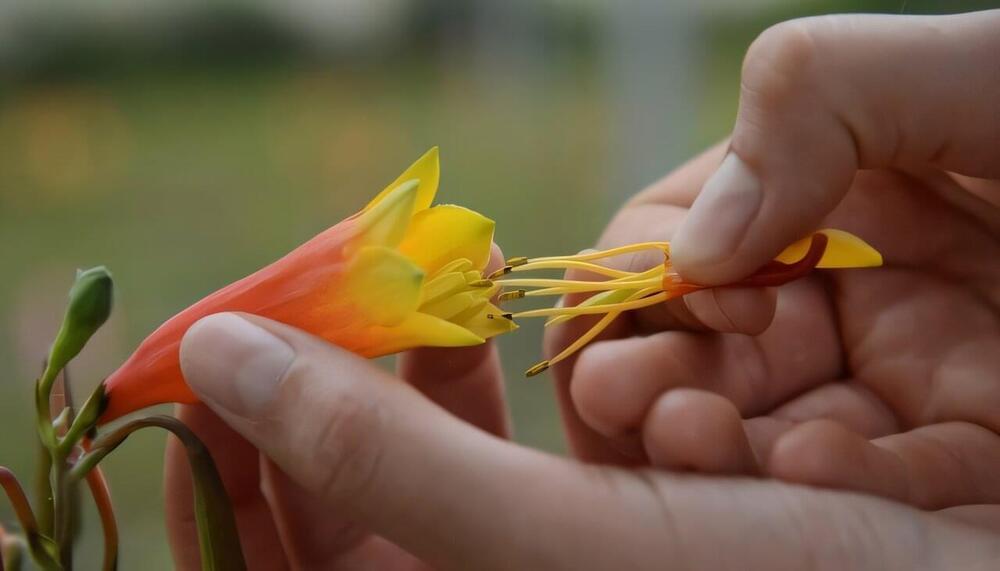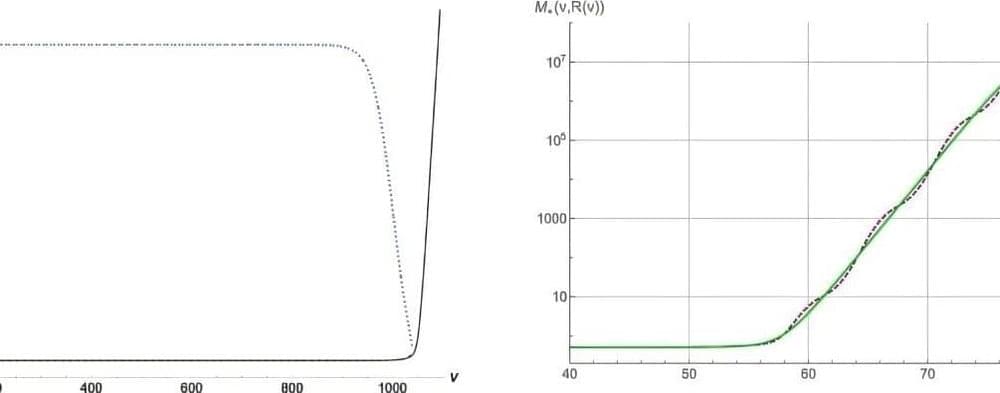Cause and effect. We understand this concept from an early age. Tug on a pull toy’s string, and the toy follows. Naturally, things get much more complicated as a system grows, as the number of variables increases, and as noise enters the picture. Eventually, it can become almost impossible to tell whether a variable is causing an effect or is simply correlated or associated with it.
However, Dr. Robin Wordsworth of Harvard University and Dr. Charles S. Cockell of the University of Edinburgh argue that this focus has left unexplored possibilities for life in environments that don’t resemble our own.
In a preprint paper accepted for publication in the journal Astrobiology, researchers challenge conventional assumptions about extraterrestrial life and explore the feasibility of life existing in structures created by living organisms themselves.
As researchers suggest, life-supporting conditions created solely by biological structures could indeed exist, making it entirely possible for some forms of life to thrive in space habitats vastly different from those on Earth.
Changes to actin dynamics during brain aging are not well understood. Here, the authors report that there is an age-related increase in F-actin in Drosophila brain which disables autophagy within the tissue and limits the fly lifespan.
The discovery of the quantum tunneling (QT) effect—the transmission of particles through a high potential barrier—was one of the most impressive achievements of quantum mechanics made in the 1920s. Responding to the contemporary challenges, I introduce a deep neural network (DNN) architecture that processes information using the effect of QT. I demonstrate the ability of QT-DNN to recognize optical illusions like a human. Tasking QT-DNN to simulate human perception of the Necker cube and Rubin’s vase, I provide arguments in favor of the superiority of QT-based activation functions over the activation functions optimized for modern applications in machine vision, also showing that, at the fundamental level, QT-DNN is closely related to biology-inspired DNNs and models based on the principles of quantum information processing.
Chinese botnet Storm-0940 exploits routers, targets Microsoft users with covert password spray attacks.
Microsoft delays Windows Copilot+ Recall feature to enhance privacy, with a new release slated for December.
Discover how the new Xiū gǒu phishing kit threatens users in multiple countries since September 2024.
The Dstat.cc DDoS review platform has been seized by law enforcement, and two suspects have been arrested after the service helped fuel distributed denial-of-service attacks for years.
The seizure and arrests were conducted as part of “Operation PowerOFF,” an ongoing international law enforcement operation that targets DDoS-for-hire platforms, aka “booters” or “stressers,” to seize infrastructure and arrest the operators.
These platforms are responsible for service disruptions to online services and can cause significant economic damages, as well as impact to the operation of critical services, such as healthcare.
A study in the journal Plant Biology by researchers from Macquarie University and international collaborators has shown for the first time that plants reuse resources from wilting flowers to support future reproduction.
Lead author Honorary Professor Graham Pyke from Macquarie University says the findings help explain a common but poorly understood plant process.
“Our research delivers the first direct demonstration that plants can salvage resources from wilting flowers and reuse these resources to promote future reproduction,” Professor Pyke says.
Black holes continue to captivate scientists: they are purely gravitational objects, remarkably simple, yet capable of hiding mysteries that challenge our understanding of natural laws. Most observations thus far have focused on their external characteristics and surrounding environment, leaving their internal nature largely unexplored.
